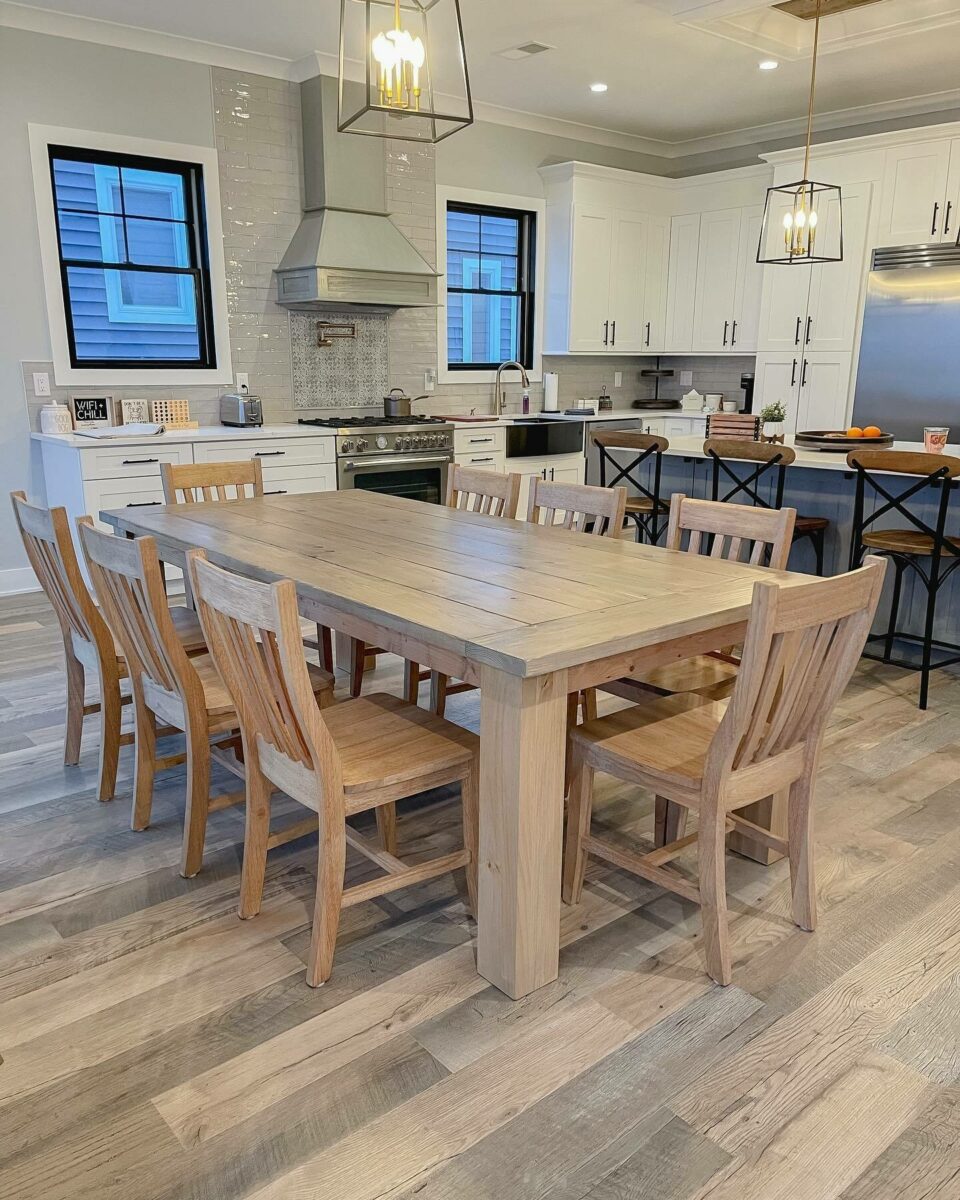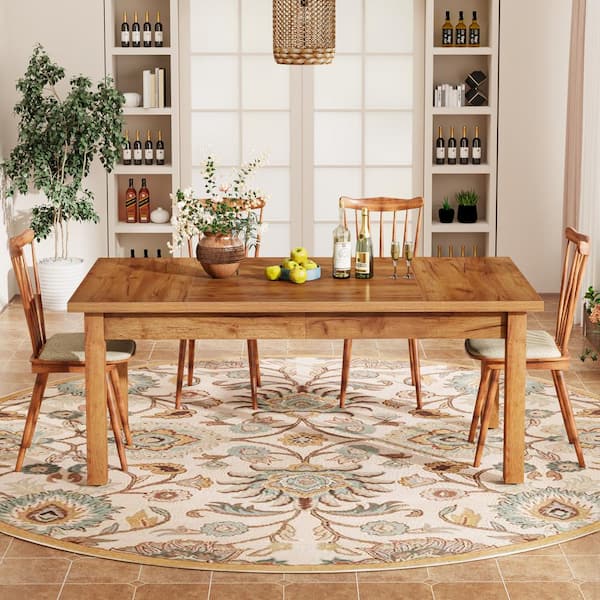Dining Room Table Legs: What to Take into consideration Before You Acquire
Wiki Article
Eating Table Legs: Just How to Select the most effective Styles for Your Area
Selecting the right eating table legs is important for both visual and useful consistency in your eating room. Whether your room flaunts a smooth, modern-day ambiance or leans in the direction of an extra standard setting, the style of the legs can dramatically influence the overall look. Conical legs show modern style, while turned legs supply a nod to timeless beauty.Analyzing Your Dining-room Design
Just how do you identify the best dining table legs for your room? The solution begins with an extensive assessment of your eating area style. A cohesive design makes certain that your table legs improve the overall visual instead than clash with existing aspects.
Following, consider the existing furniture and style. The products, colors, and structures within the room play an important role. As an example, a dining-room with sleek, modern-day chairs and metal accents may gain from basic, streamlined table legs. Alternatively, an area full of vintage items and rich materials might call for luxuriant, sculpted legs.
Illumination additionally influences understanding. Natural light can highlight particular products and surfaces, while synthetic illumination can highlight different elements. Account for the area's range and proportions. Huge, open dining-room can fit much heavier, a lot more significant legs, whereas smaller sized areas need even more fragile, unobtrusive styles. By meticulously evaluating these factors, you can select table legs that sympathetically mix with your dining space's design.
Popular Leg Styles Clarified

One widespread style is the tapered leg, renowned for its sleek, contemporary appearance. This leg narrows inside out, using a minimal appeal suitable for contemporary and Scandinavian interiors. Next, the transformed leg attributes elaborate spindle-like layouts, commonly located in standard and farmhouse settings. These legs include a touch of workmanship and elegance.
Cabriole legs, with their distinct curves, are synonymous with French Provincial and Queen Anne furniture. Their graceful, flowing lines bring a sense of refinement and historical beauty (dining room table legs). For those favoring a robust and straightforward style, square legs give tough support and a clean, geometric look, suitable for industrial or minimalist areas
Last but not least, barrette legs provide a retro, mid-century modern ambiance. Made from steel, these legs are both lightweight and strong, adding a special aesthetic contrast to wooden table tops. Recognizing these styles will certainly direct you in selecting eating table legs that enhance your room's aesthetic and capability.
Material Considerations

Wood is a traditional alternative, understood for its warmth and flexibility. It is available in various species such as oak, walnut, and maple, each offering one-of-a-kind grain patterns and colors. Metal legs, often made from stainless-steel, iron, or aluminum, supply a modern and industrial look while ensuring durable support. They are generally much more resistant to deterioration, making them a sturdy selection.

Other materials like bamboo or rattan offer eco-friendly alternatives, bringing an all-natural and loosened up ambiance to the eating location. Each material has its pros and cons, and the ideal selection will certainly rely on your details demands and choices.
Harmonizing Visual Appeals and Capability
Achieving the perfect equilibrium between aesthetics and functionality is vital when selecting dining table legs. While the visual charm of table legs can substantially enhance the general ambiance of a dining area, their practical elements can not be neglected. The design of the legs need to harmonize with the space's design, yet they should additionally provide appropriate support and security for the table.Consider the architectural layout of your room. Smooth, modern interiors may benefit from minimalist, metal legs that provide a clean and unobtrusive look. On the various other hand, typical settings typically complement turned or sculpted wood legs that add a touch of beauty and sophistication.
Performance incorporates the stability and resilience of the legs. As an example, trestle legs, recognized for their robustness, can provide strong assistance for bigger tables, making them perfect for families or constant artists. dining room table legs. Conversely, pedestal legs can supply even more legroom and adaptability, enabling for better seating setups
Additionally, the height and positioning of the legs are vital for comfy eating. Legs put too much inward may hamper seats, while those as well near the edge can limit movement. Thus, thoughtful factor to consider of both visual and practical components is critical for an ideal eating experience.
Customization and Do It Yourself Options
Customization opens up a world of opportunities for creating dining table legs that are distinctively tailored to your taste and requirements. Certain layout components, such as anchor turned legs, tapered shapes, or detailed carvings, can be integrated to reflect your style.For those inclined towards do-it-yourself (DIY) jobs, producing customized dining table legs uses both a fulfilling experience and the possibility to achieve a bespoke visual. DIY lovers can source basic materials and make use of woodworking or metalworking devices to craft legs that fulfill exact specifications. Furthermore, numerous on-line tutorials and workshops provide advice, making the procedure more obtainable for beginners.
Ultimately, whether going with specialist modification or starting a DIY venture, the ability to tailor eating table legs makes sure that the final item harmonizes with your indoor layout vision, enhancing both capability and visual allure.
Final Thought
Picking the proper eating table legs requires cautious consideration of the total design of the dining room, including existing architectural attributes and site web furnishings. Eventually, the selected table legs must complement the decoration, offering both visual charm and practical assistance.Report this wiki page